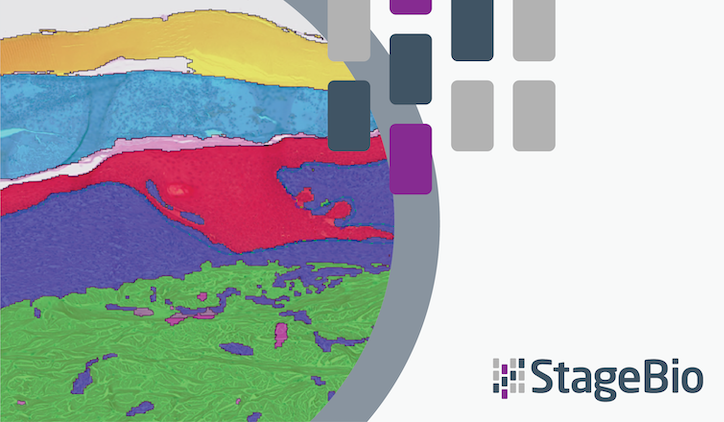Proper and effective wound care mandates the controlling of the homeostatic wound state. With the correct moisture balance maintained throughout the duration of tissue repair, re-epithelization and revascularization are ultimately expedited and made more effective. This is due to the promotion of cell growth and migration that moisture makes possible in the proliferative phase. Thus, given the critical nature of moisture in wound care, a wound dressing must work to keep the wound environmentally moist while still accomplishing other vital goals (i.e., keeping exudates away from the wound, maintaining stable pH and temperature, and protecting the wound from bacteria).
As detailed in “Orchestrating the Dermal/Epidermal Tissue Ratio during Wound Healing by Controlling the Moisture Content,” a May 2022 article published in the Biomedicines journal, hydroactive bacterial nanocellulose (BNC) wound dressings serve as a source of proper wound hydration while absorbing exudation.
Among the article’s co-authors are StageBio’s Director of Digital & Quantitative Pathology Dr. Thomas Lemarchand, DVM, PhD, DESV-AP, Dipl. ECVP, and StageBio’s Head of IHC Germany, Fabian Kukla, Eng-M.
The article, which can be accessed here, details a study conducted to evaluate how varying rates of water evaporation impact wound healing. A BNC-based hydroactive wound dressing (epicitehydro) was used as the primary dressing and combined with secondary dressings that consisted of cotton gauze, AQUACEL® Extra™ (a hydrocolloid dressing made of sodium carboxy-methylcellulose fibers), a paraffin gauze (JELONET), and OPSITE Flexifix (a synthetic moisture vapor-permeable polyurethane film.
In vitro experiments were conducted first to determine evaporation rates of both occlusive secondary (epicitehydro and OPSIT Flexifix) and nonocclusive (epicitehydro and cotton gauze) wound dressings. Afterward, in vivo experiments were conducted with porcine animals to assess the modalities of the dressings. A blind histopathological analysis was performed to evaluate and grade wound dressing efficacy.
The results of the experiments highlighted the differences in evaporation rates of epicitehydro when combined with secondary dressings, and that wound healing was affected by controlling evaporation with epicitehydro and different secondary dressings. Specifically, the use of a secondary dressing, such as cotton gauze, with epicitehydro resulted in high water evaporation rates and supported improved re-epithelialization compared to the low water evaporation rates observed from the use of an occlusive secondary dressing.
Access “Orchestrating the Dermal/Epidermal Tissue Ratio during Wound Healing by Controlling the Moisture Content” to learn the materials, methods, and analysis used to reach the results.
